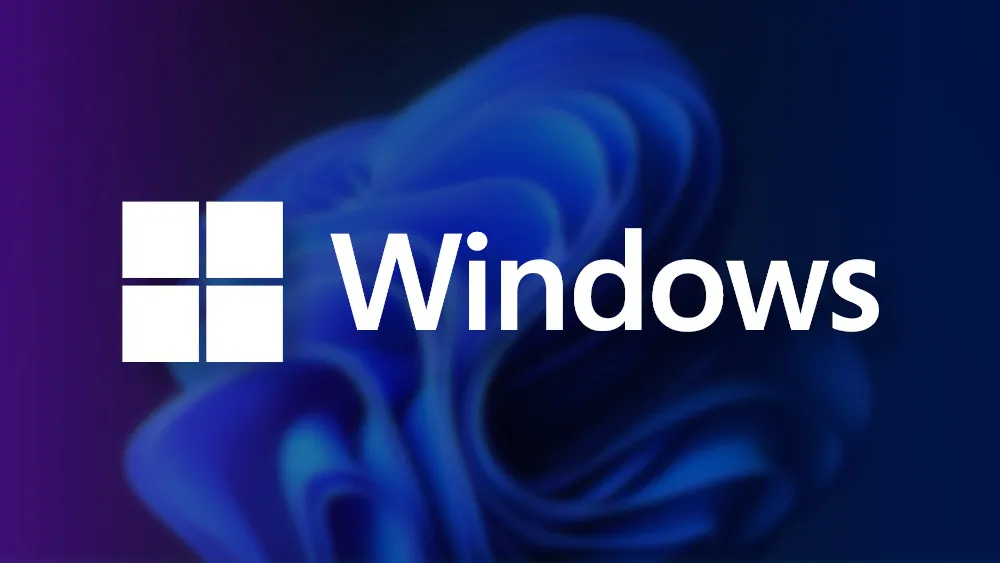Microsoft is rolling out a new layer of security to Teams, its business communication platform. In an optional update now available in public preview, the company has introduced Link Monitoring, a feature designed to detect and block spam, phishing attempts, and malicious URLs in chats and channels.
The system will not remain optional for long—Microsoft has confirmed that general availability is scheduled for November 2025, when it will be enabled by default across all Teams clients.
How Link Monitoring Works
The new feature, officially called “Protection against malicious chat URLs and Teams channels”, was first revealed in Microsoft’s August 2025 roadmap.
It functions on two sides of the conversation:
- For senders: if you try to share a suspicious URL, Teams will immediately flag it. Depending on the case, you might see:
- A generic spam warning; or
- A detailed notice explaining why the link is considered unsafe.
Senders will also be given the option to edit or delete the message.
- For recipients: before clicking a flagged link, a clear warning message will appear, alerting you that the content could be malicious. This aims to reduce accidental clicks on phishing or malware-laden sites.
Backed by Microsoft Threat Intelligence
The monitoring system works by scanning URLs in real time and comparing them against Microsoft’s threat intelligence databases.
- It applies to both internal and external messages exchanged through Teams.
- Coverage spans desktop apps, Android and iOS clients, and the browser-based version of Teams.
- Because the scans are tied to Microsoft’s continuously updated security signals, the detection system adapts as new threats emerge.
How to Enable Link Monitoring
While the feature is still in preview, Teams administrators can enable it manually:
- Open the Teams Admin Center (Business Center).
- Navigate to Message Settings.
- Enable “Scan messages for unsafe links”.
When the feature becomes generally available in November, it will be enabled by default for all organizations. Administrators, however, will retain the ability to disable it through the Teams Admin Center or via PowerShell commands.
With Teams now central to collaboration in many enterprises, malicious links shared through chat pose a significant risk—especially as phishing attempts increasingly mimic internal communications. By adding proactive scanning and visible warnings, Microsoft is reducing reliance on user vigilance alone, giving both IT admins and employees stronger protection against everyday threats.











